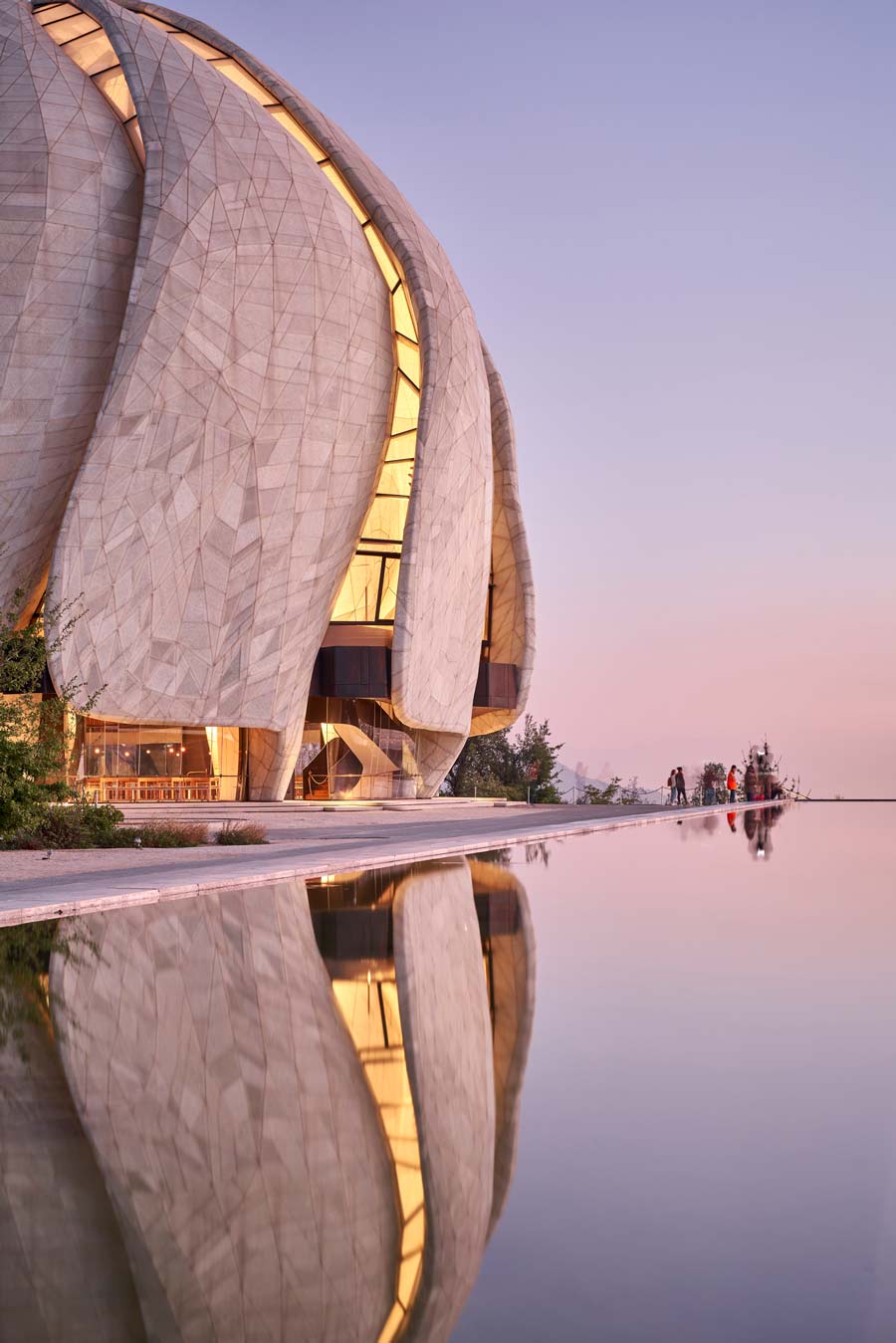The Bahá’í House of Worship, a remarkable edifice located in Santiago, Chile, has recently garnered an esteemed international accolade, underscoring the profound architectural and spiritual significance that it embodies. This recognition not only celebrates the aesthetic appeal of the structure but also accentuates its paramount role in fostering interfaith dialogue and unity among diverse communities. As the world becomes increasingly polarized, such a symbol of inclusivity and harmony elucidates the essence of Bahá’í teachings and invites a transformative shift in perspective.
At the heart of Bahá’í teachings lies the conviction of the oneness of humanity, a doctrine emphasizing that all individuals, irrespective of race, creed, or nationality, are inherently interconnected. The Bahá’í House of Worship, with its magnificent dome and intricately designed nine-sided architecture, serves as a tangible manifestation of this principle. Its design encourages congregations of people from all walks of life to retreat from their daily tribulations, fostering an environment conducive to spiritual reflection and communal engagement.
Winning this international prize not only reaffirms the architectural brilliance of the structure but also repositions it within a broader context of cultural and spiritual dialogues worldwide. The award highlights its potential to serve as a beacon of hope and an oasis of spiritual nurture in a tumultuous world. The House of Worship is not merely bricks and mortar; it symbolizes a sanctuary for the soul, embodying ideals of peace, love, and collaboration that transcend geographic and cultural boundaries.
Moreover, the accolade serves to piquantly pique public curiosity about the essential tenets of the Bahá’í Faith. The very existence of the House of Worship invites questions about the values it represents. The Bahá’í teachings, grounded in the progressive revelation of God’s will through various prophets, articulate a vision of society that is just, equitable, and harmonious. Each person entering the House of Worship is encouraged to engage with the profound moral imperatives proposed by Bahá’u’lláh, the founder of the Bahá’í Faith, and to reflect on how these teachings can be integrated into their lives.
This moment of recognition transcends mere architectural achievement; it fosters an environment where interfaith relationships can flourish and new patterns of understanding can be cultivated. The House of Worship is open to all, inviting individuals to participate in a collective exploration of spirituality. By encouraging the coexistence of various beliefs within its serene environment, it promotes a discourse that can potentially diminish societal rifts and distinctions.
The structure’s architectural brilliance itself is a subject of fascination. Designed by esteemed architects who imbue artistry with functionality, the House of Worship harmonizes with its natural surroundings, creating a visual and spiritual symbiosis. The nine sides of the temple represent unity, reflecting the central doctrine of the Bahá’í Faith, which asserts that diverse paths converge towards the same divine truth. The intricate designs and the interplay of light within the building create an atmosphere rich in tranquility, inspiring individuals to ponder their place in the grand tapestry of existence.
This dedication to architectural harmony is complemented by the operational ethos of the House of Worship. Unlike conventional houses of worship, which may restrict access to specific sects, the Bahá’í House of Worship is uniquely positioned as a space for all. Programs are geared toward fostering connections amongst individuals, inciting discussions on social, economic, and environmental issues that challenge modernity’s fabric. Workshops, meetings, and community events accentuate the communal ethos that Bahá’í teachings espouse, providing an opportunity for individuals to engage meaningfully with one another.
Another captivating aspect of the award-winning House of Worship is its commitment to sustainability and environmental stewardship. The construction and ongoing maintenance of the structure have actively incorporated eco-friendly practices, demonstrating a tangible commitment to one of the most pressing issues of our time. This focus on sustainability mirrors the Bahá’í teachings that emphasize the importance of caring for the Earth and using resources judiciously, reinforcing the unity of humanity by highlighting our shared responsibility toward the planet.
To delve deeper into the essence of the Bahá’í House of Worship, one must recognize its potential to serve as a fulcrum for discourse around the pressing issues of our time. As global challenges manifest, such a structure stands as a monument to hope, encouraging individuals and communities to rise above divisive ideologies and work towards a collaborative future. The winning of this prestigious prize is a clarion call urging society to reconsider its values and engage with the tenets of unity and inclusivity that the Bahá’í Faith propagates.
In conclusion, the Bahá’í House of Worship in Santiago, with its recent international recognition, emerges not merely as an architectural marvel but as a vital nexus for spiritual exploration and community engagement. It beckons individuals to reassess their perceptions and embrace a broader understanding of humanity’s interconnectedness. In a world craving unity, the House of Worship invites all to step within its hallowed halls to engage with the profound teachings of Bahá’u’lláh, igniting curiosity and hope for a brighter, more harmonious future. This accolade serves to illuminate the path forward, urging humanity to transcend its divides and embrace the universal principles that can lead to true peace and understanding.
